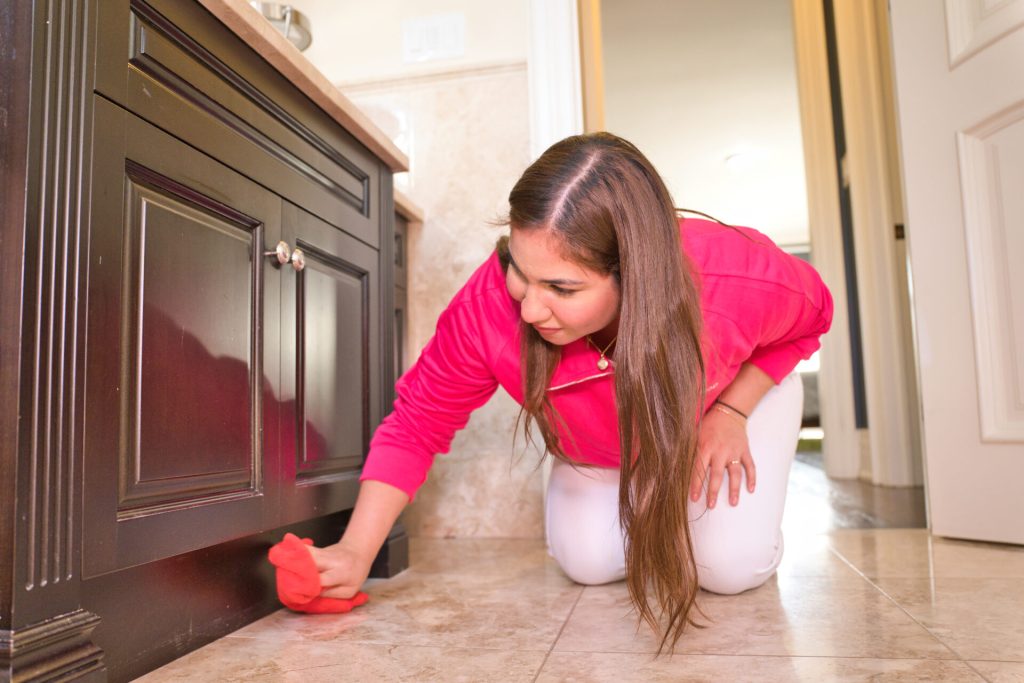Maintaining high food safety standards is essential for ensuring public health, and one of the most fundamental components of food safety is proper cleaning. Effective cleaning techniques not only enhance the overall hygiene of a food preparation environment but also play a critical role in preventing foodborne illnesses caused by harmful microorganisms such as Salmonella, E. coli, and Listeria. Cleaning in food handling areas must go beyond mere visual cleanliness; it should eliminate invisible contaminants that pose serious health risks. This involves removing food residues, grease, and dirt from surfaces, equipment, and utensils, followed by sanitizing to reduce the presence of pathogens to safe levels. To begin with, cleaning should be carried out regularly and systematically using appropriate methods and cleaning agents. The process typically includes several key steps – pre-cleaning, main cleaning, rinsing, disinfection, and final rinsing where required. Pre-cleaning involves removing loose dirt and debris, which makes the subsequent cleaning steps more effective.

Main cleaning uses detergents to break down grease and food residues, which are then rinsed away to prepare the surface for disinfection. Disinfection involves applying a sanitizing solution to kill remaining bacteria and viruses. In some cases, a final rinse may be necessary, depending on the type of disinfectant used and the surface it was applied to. Different areas in a food establishment, such as kitchens, storage rooms, and food processing zones, require tailored cleaning procedures. High-touch surfaces, including countertops, handles, cutting boards, and knives, need more frequent cleaning due to their constant contact with food and hands. Equally important is the maintenance of cleaning equipment itself; mops, cloths, and brushes should be cleaned and disinfected regularly to avoid becoming sources of contamination. Using color-coded equipment for different zones e.g., red for restrooms, blue for general areas, green for food prep can help prevent cross-contamination.
Employees play a central role in ensuring cleaning standards is upheld. Proper training on hygiene practices, safe handling of cleaning agents and understanding of cleaning schedules is critical. Staff must also be encouraged to maintain personal hygiene, such as washing hands frequently and wearing appropriate protective clothing. Clear documentation of cleaning routines and checklists can ensure accountability and consistency, which are essential for food safety audits and inspections. Moreover, it is important to comply with national and local food safety regulations, which often stipulate specific cleaning requirements. Technological advancements, such as automated cleaning systems and eco-friendly sanitizers, can further enhance cleaning efficiency and environmental sustainability. However, even the best equipment and products cannot replace the importance of diligence and attention to detail and click reference https://constructionhow.com/the-role-of-cleaning-in-restaurants/ to gain knowledge. Ultimately, maintaining high food safety standards with proper cleaning techniques is a proactive measure that protects consumers, supports public trust, and upholds the integrity of any food-related business.
